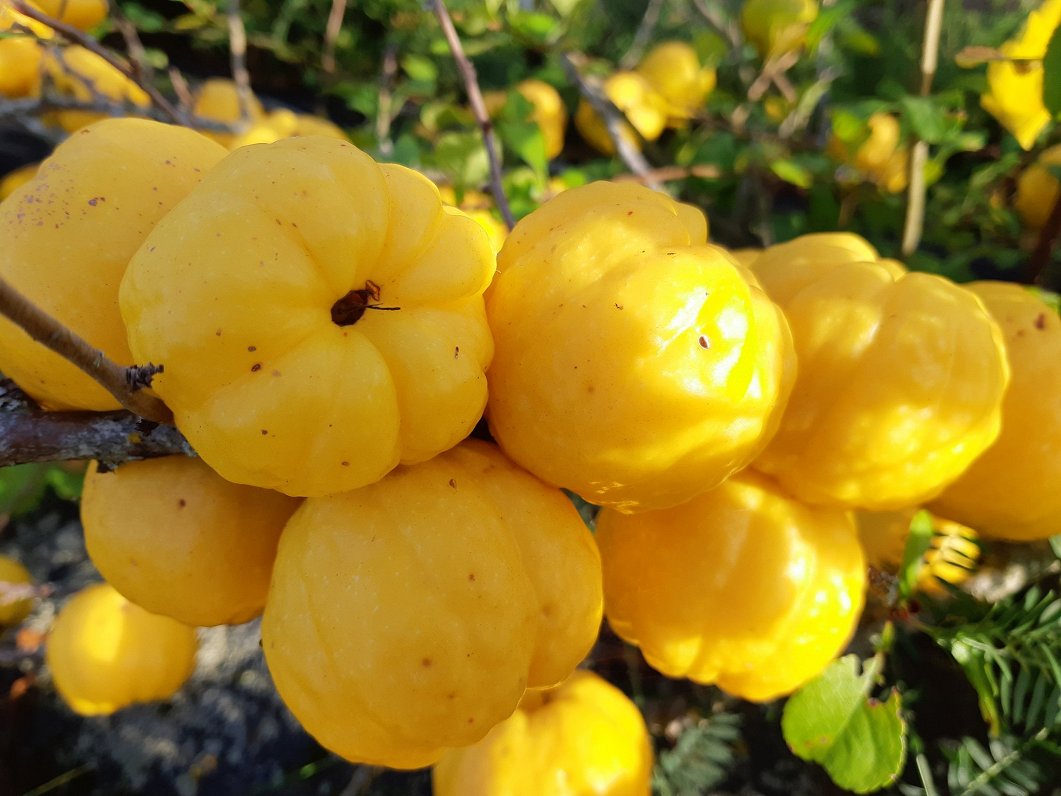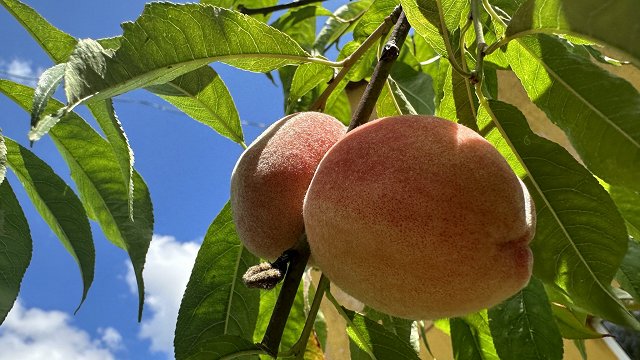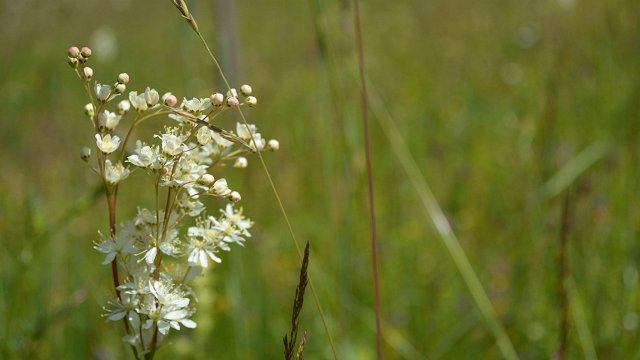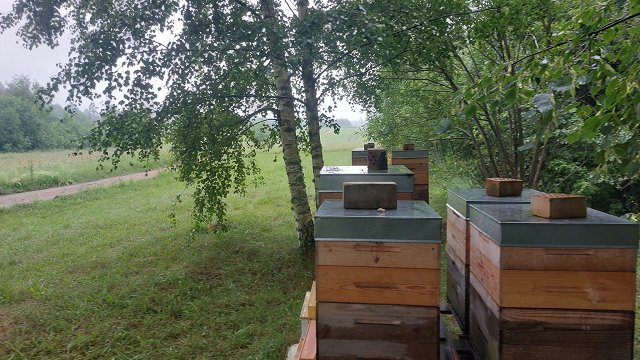For this story, LSM's Keita Rožāne interviewed Nauris Jurgenbergs, a quince farmer and the head of the Society for Developing Yellow Quince Culture in Latvia.
The flowering is an ancient cultivated plant native to Southeast Asia. It is highly resistant to the elements and makes tiny flowers and tiny fruit. It has been something of a staple in Chinese folk medicine throughout the years.
Globally, there are more than a hundred decorative varieties of quince. The plant was introduced to Europe in the 18th century for its vivid flowers and thick foliage. Since the 19th century, the fruit have been used to make jelly, marmelade and liquour.
The flowering quince became a cultivated plant in Latvia thanks to the efforts of plant breeder Alberts Tīcs. Before, it was known for its decorative uses, not as a plant with edible fruit. Tīcs bred the plant, removing its prickly needles and increasing the size of the fruit.
It arrived in Latvia by chance, as a botanical garden in Russia sent the seeds of the flowering quince here by mistake, instead of shipping regular quince. In the 1960s, Tīcs started breeding these plants, and the famous vine breeder Pauls Sukatnieks also helped.
Flowering quince are bred in other parts of the world too, such as Poland, Sweden and Germany. They usually use Latvia-made breeds by Alberts Tīcs (namely Alfa and Cido, which have nonetheless not been registered officially). Latvia is a leading country in cultivating flowering quince, and this means research as well as processing and sales.
A series of plant wonders
Latvians like to think they are more in tune with the seasons than most. With that in mind, we'll be guiding you through the next few months with this series on the plants you can encounter from autumn onwards.
Temperate regions are particularly suited to flowering quince. The plants' vegetative period is long enough for the fruit to ripen. It grows taller and more productive in Latvia than elsewhere, like in the mountains of Tibet. The shrub can reach a height of 1.5 meters in fertile soil. Driving a deep web of roots and sprouting lush foliage, the plant can bear fruit for up to 60 years. Perhaps this can be increased by fertilizing the soil.
The fruit have a fresh and invigorating smell, which is however difficult to maintain through processing as the odor resides in a watery liquid, which is lost in thermal processing. People used to put quince in their wardrobes between layers of clothing to keep their clothes fresh when industrial perfume wasn't as available.
The flowering quince hasn't been cultivated for much time as of yet. Processing started only in the 1970s, with manufacturers making juice, concentrate, syrup and candied fruit.
While smaller businesses make wine, beer and cider out of quince, and individuals use it for making cakes, pastries, ice cream and other delicacies.
There are currently three varieties of flowering quince registered in Latvia, with scientist Silvija Ruisa involved in making all of them. She continued Tīcs' work in the 1980s, creating Rasa, the first flowering quince variety made as a fruit shrub. It has no needles and survives the winter well. It flowers in May, and the fruit ripen in early September. The variety was named one of 2012's top ten scientific achievements by the Latvian Academy of Sciences.
Ruisa created two more varieties in collaboration with Lithuanian and Swedish scientists. Rondo can bear up to 10 kg of fruit a year, while Darius is resistant to fruit rots.
Nauris Jurgenbers has been growing flowering quince for 11 years now. He started by grafting quince with a pear in school. The plants were inoculated quite well, but the tree had to be cut as they were redistributing land with the neighbors.





























